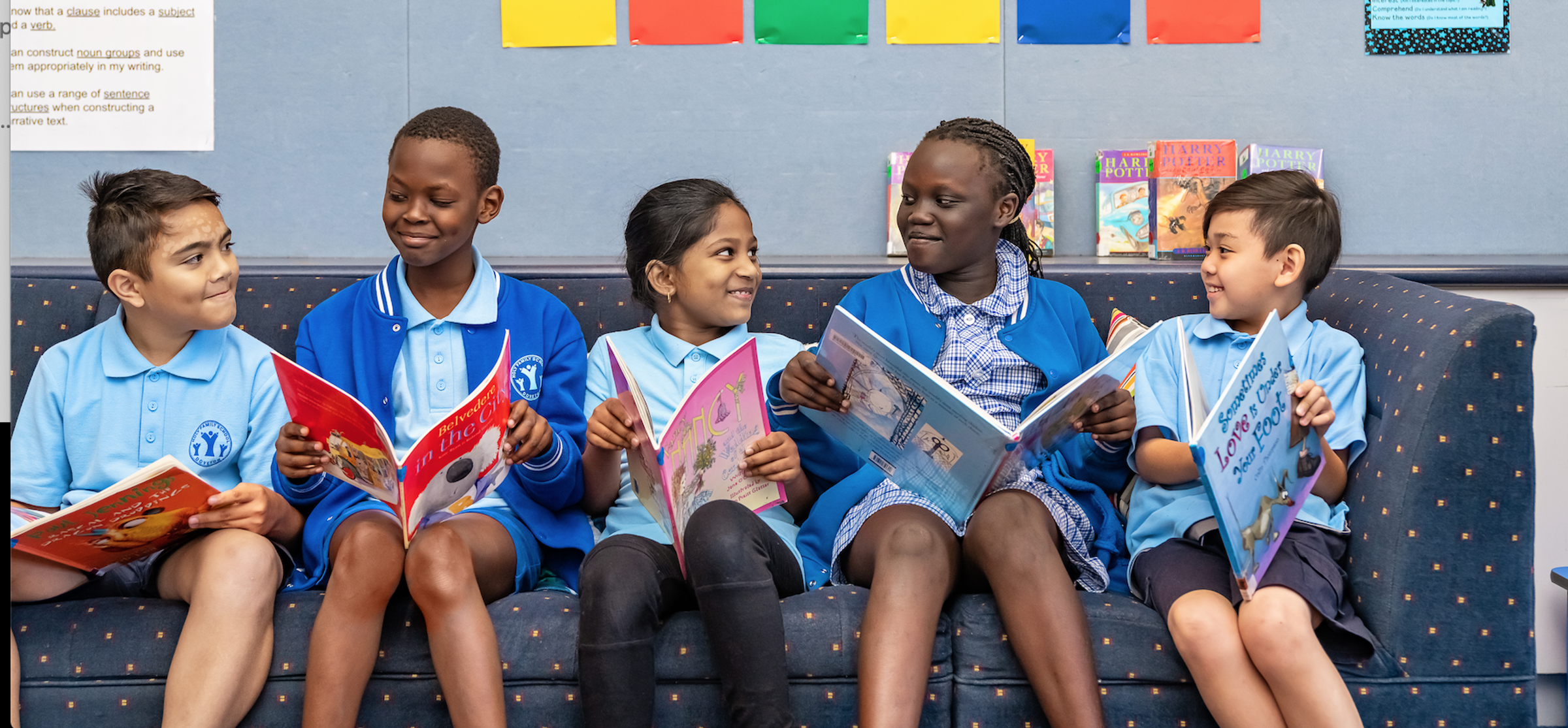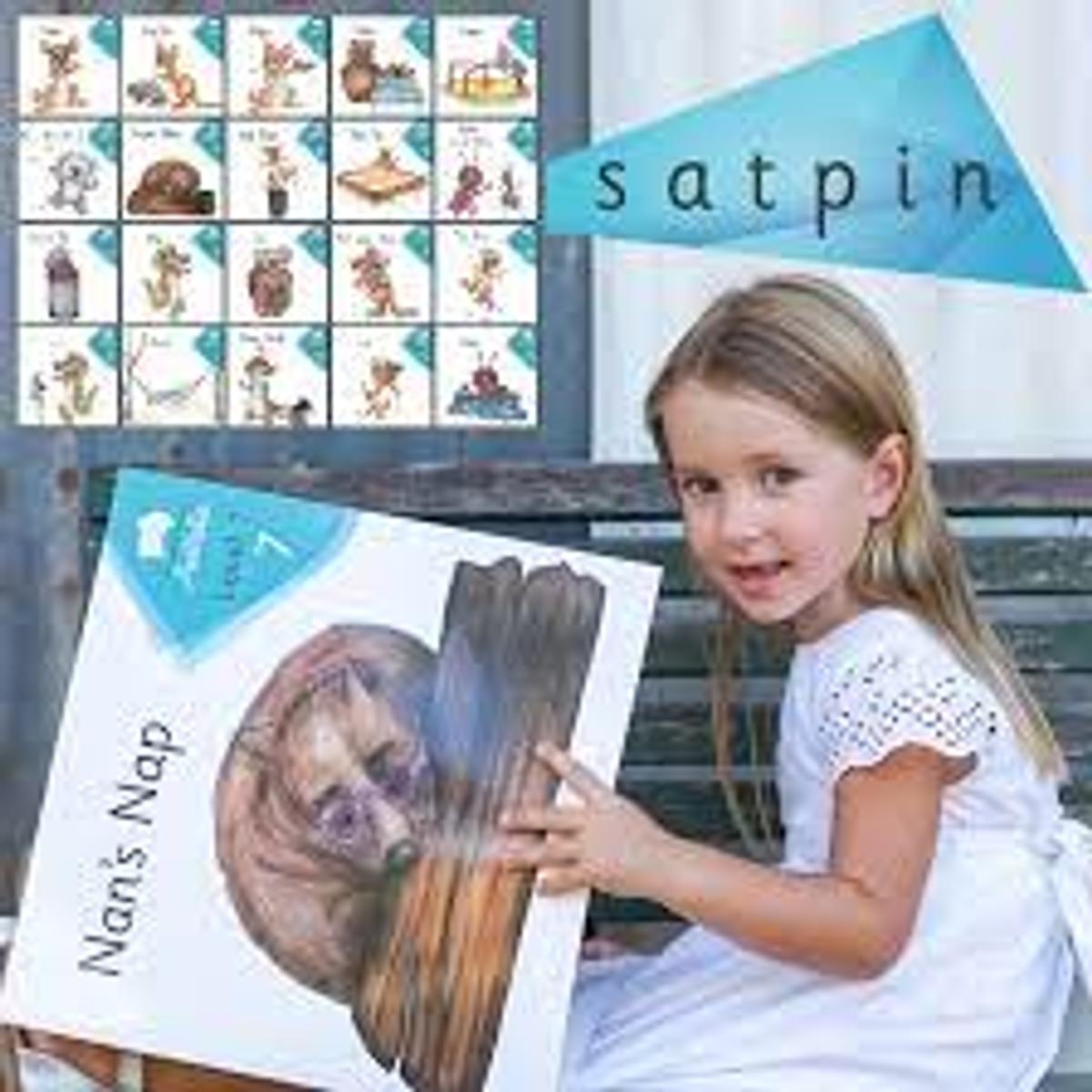Learning and Teaching

Teaching Children How to Read
d
At Holy Family, we teach beginning readers to read by decoding words based on the letter-sound relationships that have been taught, not by guessing the word based on the picture, structure of the sentence or meaning. If children can’t decode the words on a page many of them may fail in their journey to access text.
Phonics is taught systematically and explicitly at Holy Family. Once a child knows the sounds that a set of letters make, they practise the skill of sounding and blending to read words. The knowledge and skills must be practised over and over to achieve mastery. Decodable texts help to support them in practising these skills.
Decodable texts are carefully sequenced to progressively incorporate words that are consistent with the letter-sound relationships that the child knows. They increase in complexity as the student learns more of the phonetic code. Decodable texts consist of a high percentage of words in which the letters represent their most common sounds.
Using a systematic and explicit phonics approach alongside decodable texts has been proven time and time again as the most effective way to teach reading and promote self-teaching, helping children read with greater accuracy and independence. This leads to greater gains in reading development.
While it makes sense for children in the early stages of learning to read to be given decodable books to practise and generalise their developing alphabetic skills, at the same time, they will continue to benefit from hearing the rich vocabulary and language forms in children’s books being read to them. Once they have sufficient letter-sound knowledge and decoding skills that they can apply independently they are then introduced to other books which provide access to more diverse language structures and vocabulary.
Simone Crist
Literacy Leader




